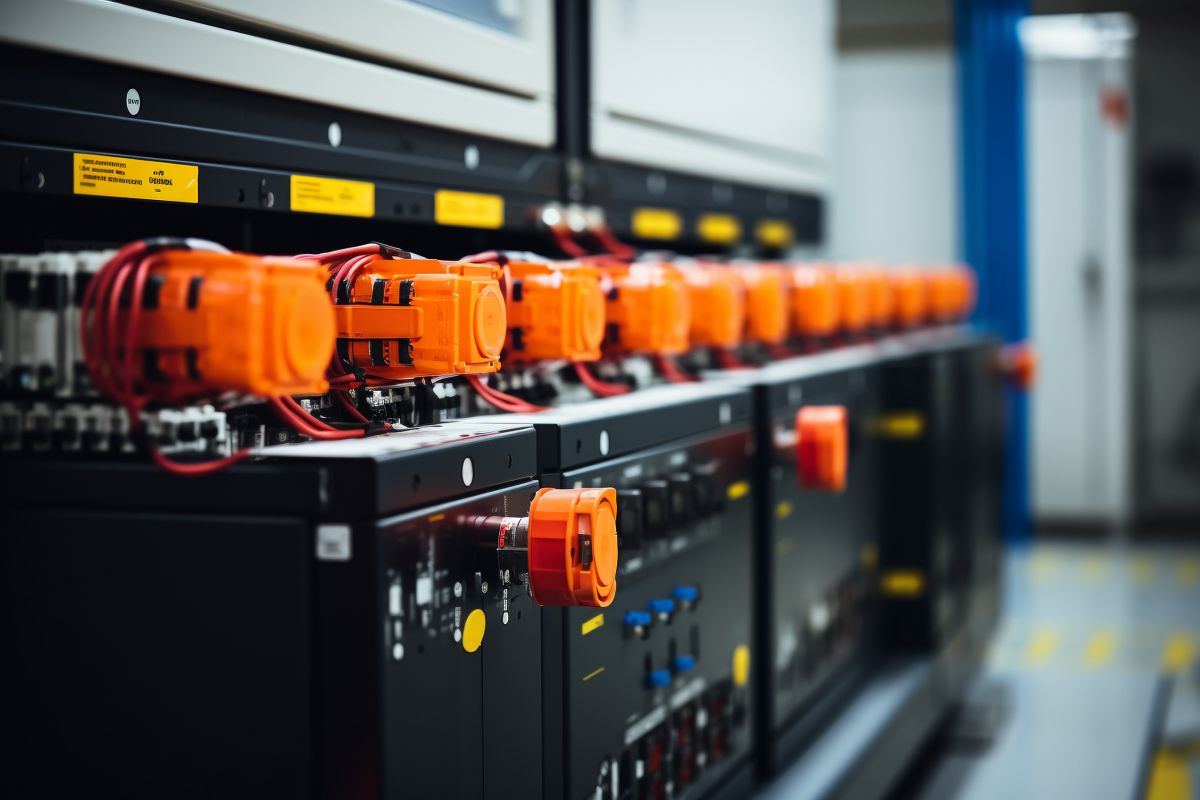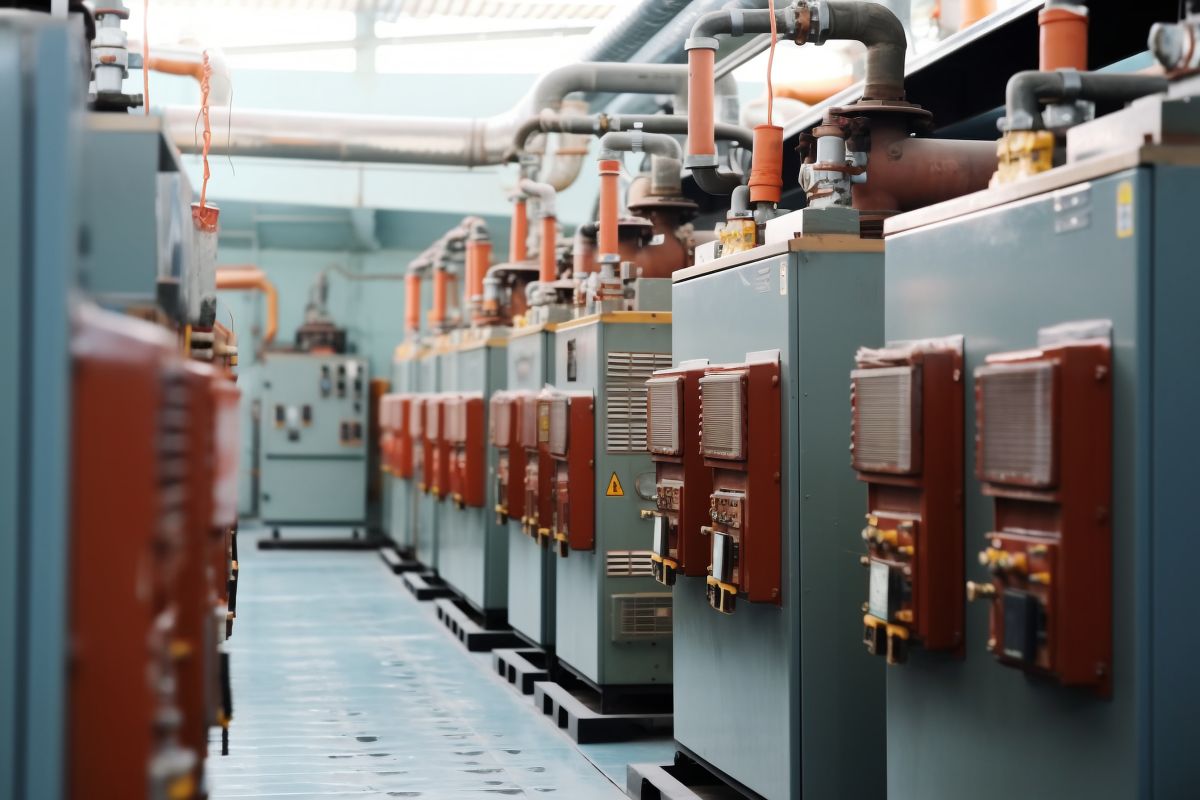
With the rapid development of the economy, the demand for high-temperature cables in special industries is experiencing a high-speed growth phase, increasing at a rate of 20% annually. High-voltage equipment needs to transmit signals or electrical energy stably in high-temperature environments, especially in specialized sectors such as petrochemicals, steel, aerospace, shipbuilding, military, pharmaceuticals, food, plastics machinery, and boilers, all of which require facilities to operate normally under high temperatures.
To ensure the stable supply of electricity, it is essential to equip with high-temperature wire cables. Conventional cables are prone to insulation aging and burning at high temperatures, leading to performance degradation or even failure to function. In contrast, high-temperature wire cables can operate steadily at rated temperatures without performance degradation and offer a longer service life.

Currently, the most commonly used materials include cross-linked polyethylene insulated cables (XLPE), silicone rubber insulated cables, and fluoroplastic insulated cables. Additionally, new types of high-temperature superconducting cables are also being developed and applied, characterized by high transmission capacity, low line loss, small footprint, safety, and environmental friendliness, making them a significant direction for future power transmission.

